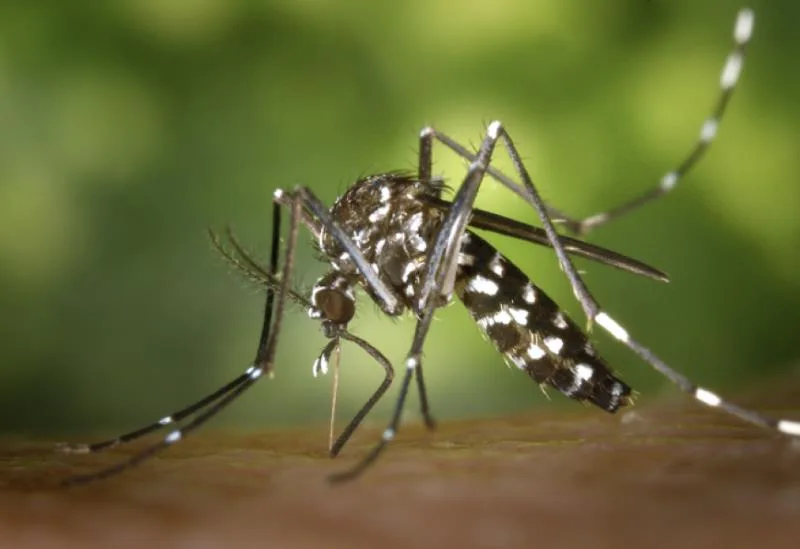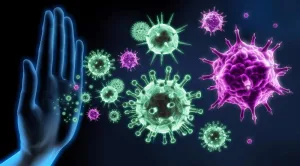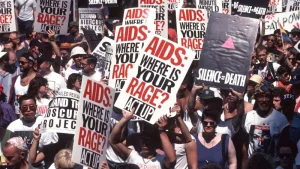The World Health Organization (WHO) has issued an urgent global alert over the resurgence of the chikungunya virus, a mosquito-borne disease that is rapidly spreading across continents. With outbreaks reported in 119 countries and 5.6 billion people living in at-risk areas, the situation is drawing comparisons to the devastating epidemic of 2004–20052.
A Global Threat Reemerges
Recent surges have been recorded in Indian Ocean territories such as La Reunion, Mayotte, and Mauritius, where up to one-third of the population has already been infected. The virus is now expanding into Madagascar, Somalia, Kenya, and parts of South Asia, including India, Sri Lanka, and Bangladesh3. Alarmingly, local transmission has also been confirmed in France and Italy, indicating the virus is no longer confined to tropical regions.
What Is Chikungunya?
Transmitted by Aedes mosquitoes, especially the aggressive tiger mosquito (Aedes albopictus), chikungunya causes high fever, severe joint pain, rash, and fatigue. While rarely fatal, up to 40% of patients may suffer long-term disabilities. Vulnerable groups include elderly individuals, newborns, and those with weakened immune systems.
Climate Change and Global Travel
Experts attribute the virus’s spread to climate change, which is expanding mosquito habitats, and international travel, which facilitates cross-border transmission. The WHO warns that without immediate action, the world could face a repeat of the epidemic that infected hundreds of thousands two decades ago.
Prevention Over Cure
There is no specific treatment for chikungunya. Prevention remains the best defense:
- Use mosquito repellents
- Wear long-sleeved clothing
- Eliminate standing water to prevent mosquito breeding
- Strengthen surveillance and diagnostics
Vaccine Development
Two vaccines have received regulatory approval in select countries, but WHO has yet to issue global recommendations due to limited data. A strategic advisory group is being convened to assess future guidance.




+ There are no comments
Add yours